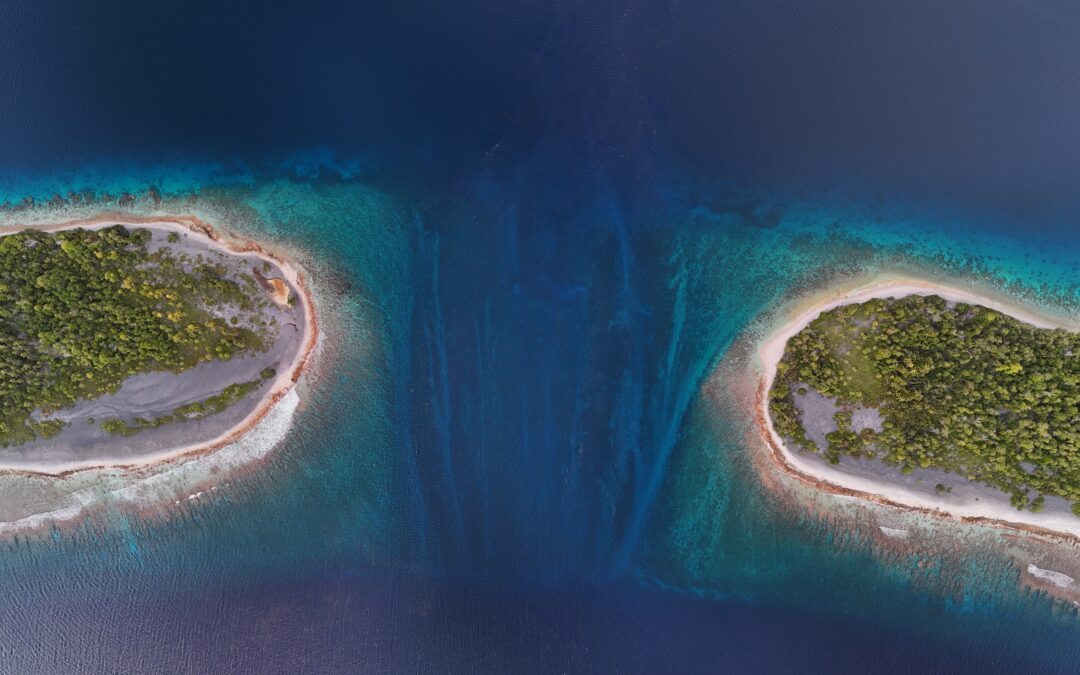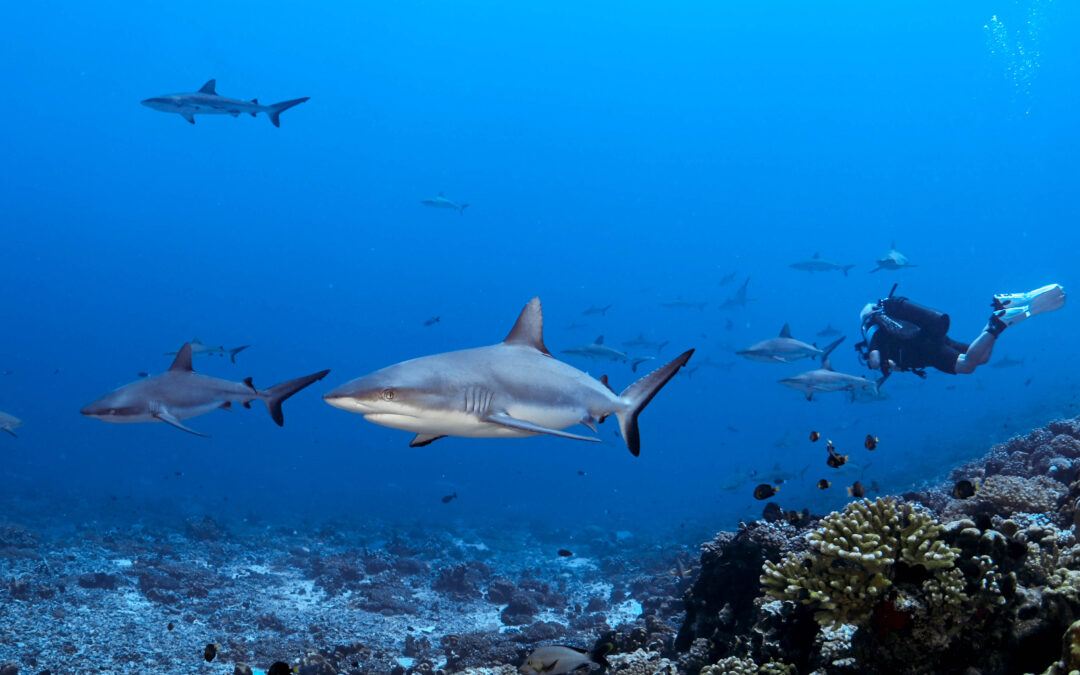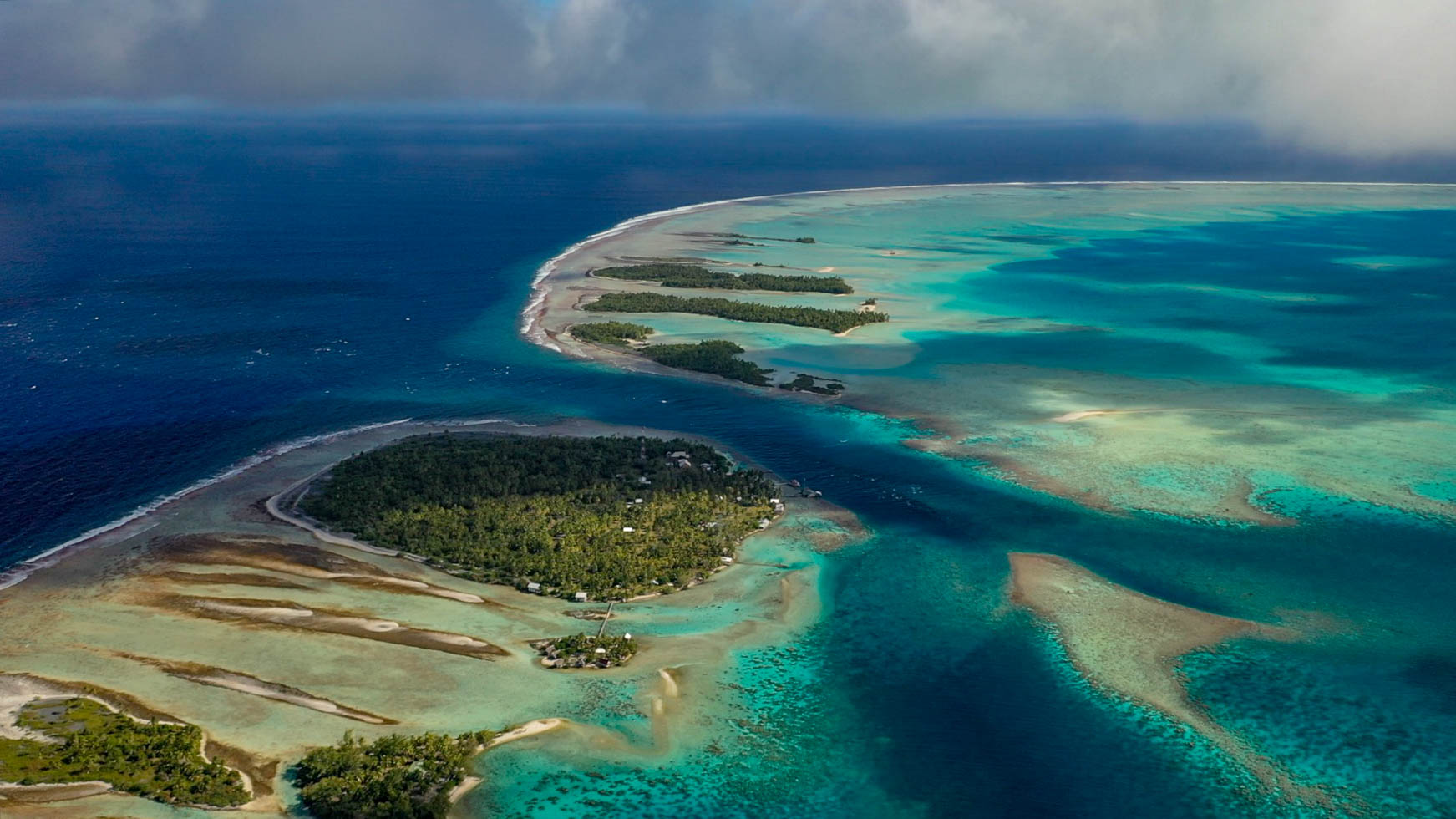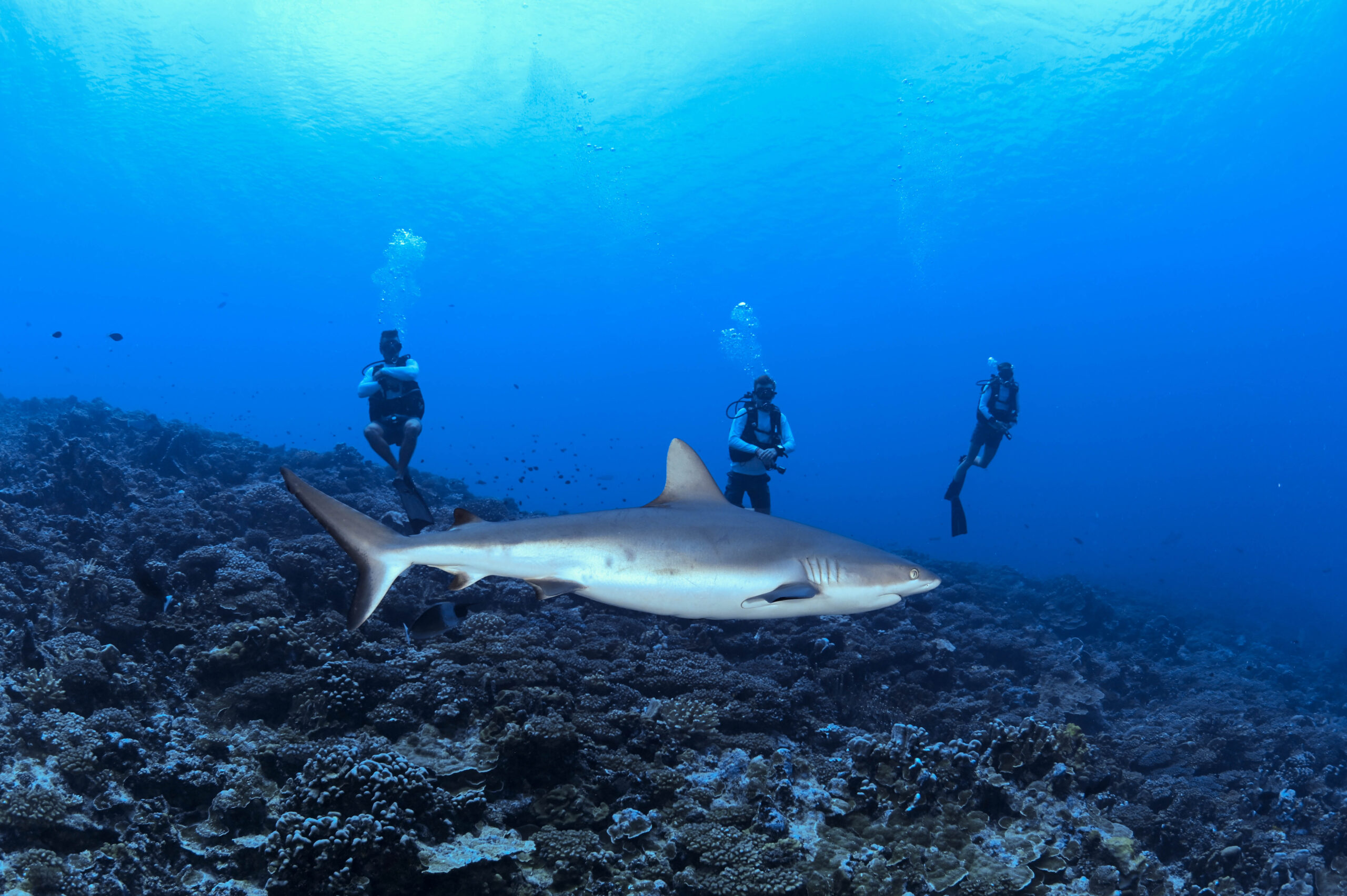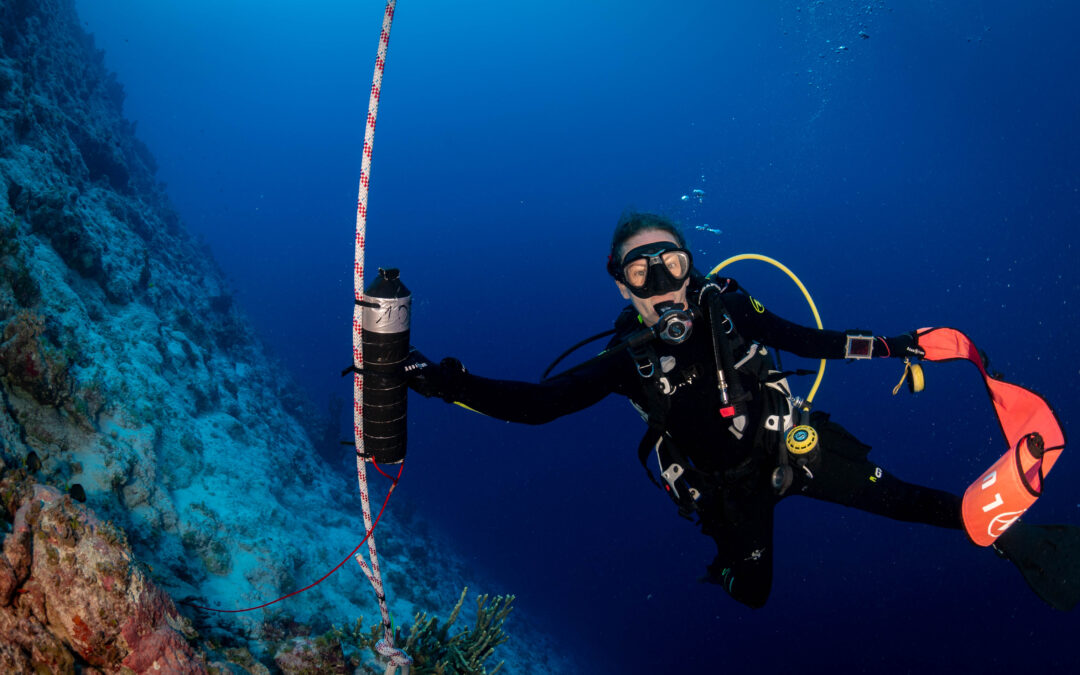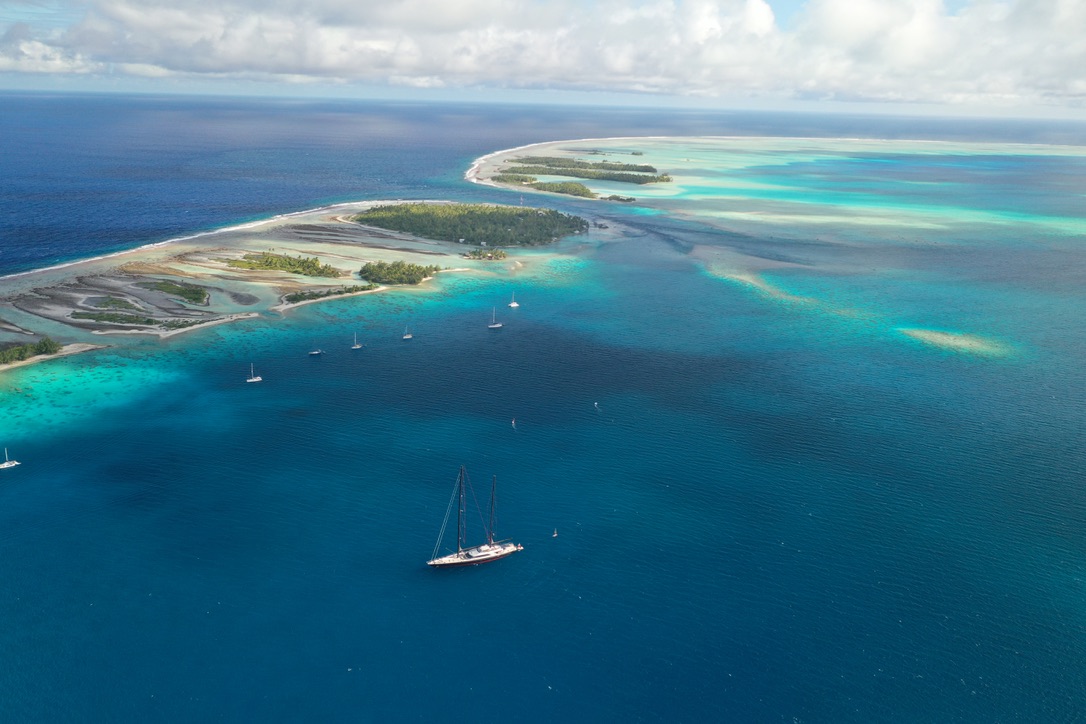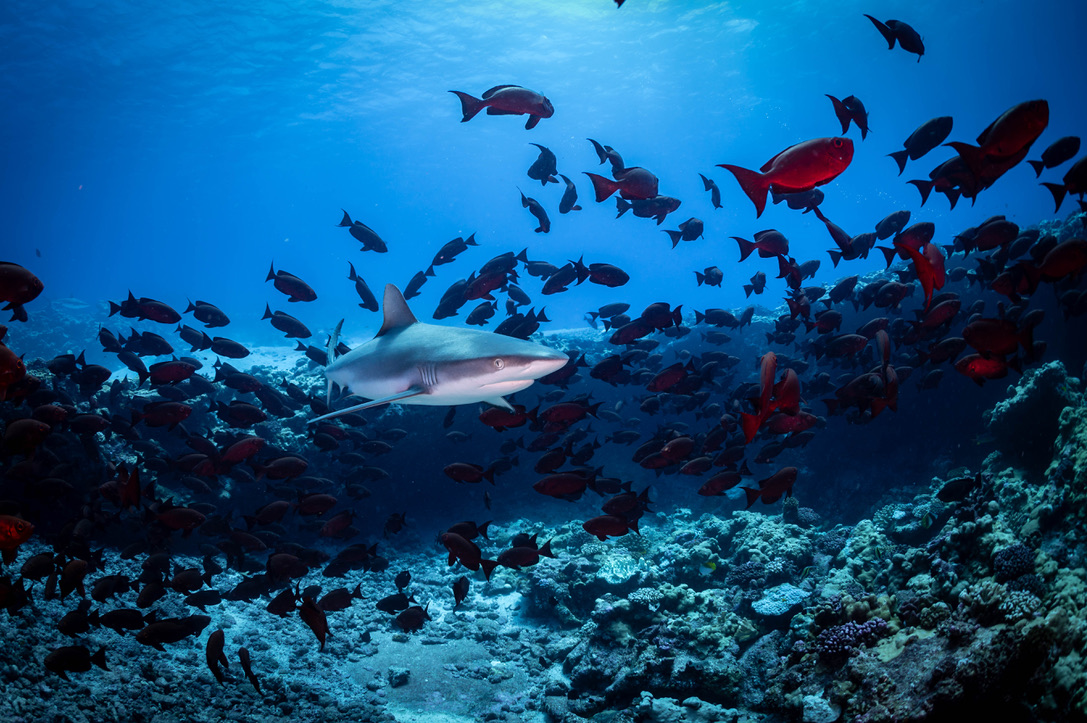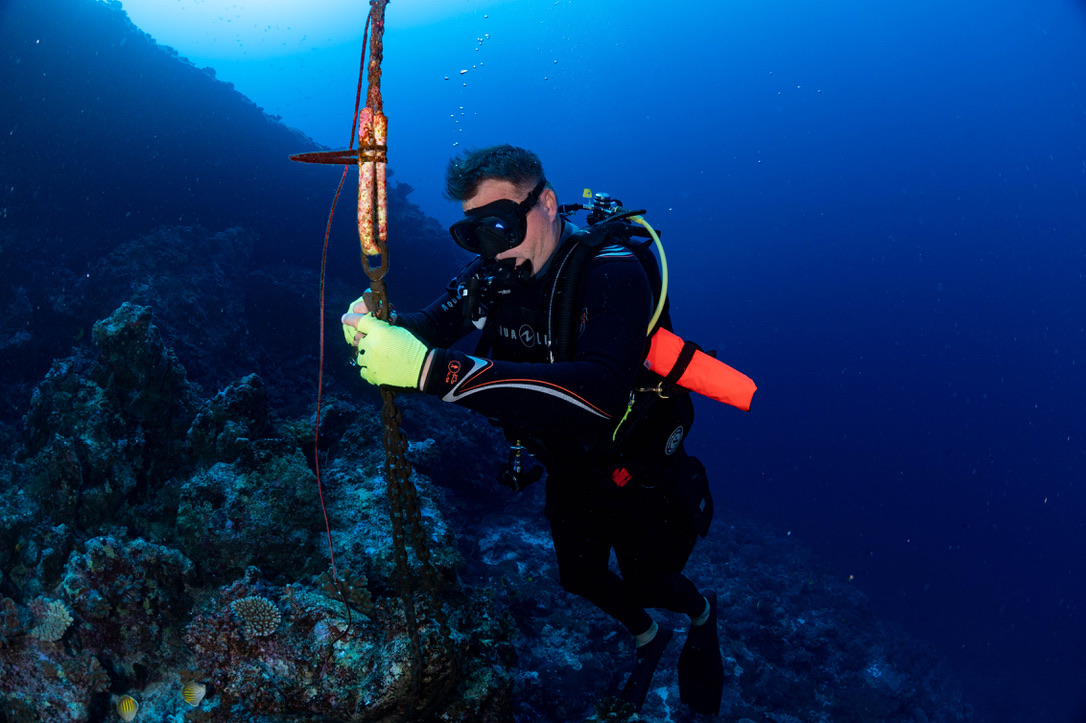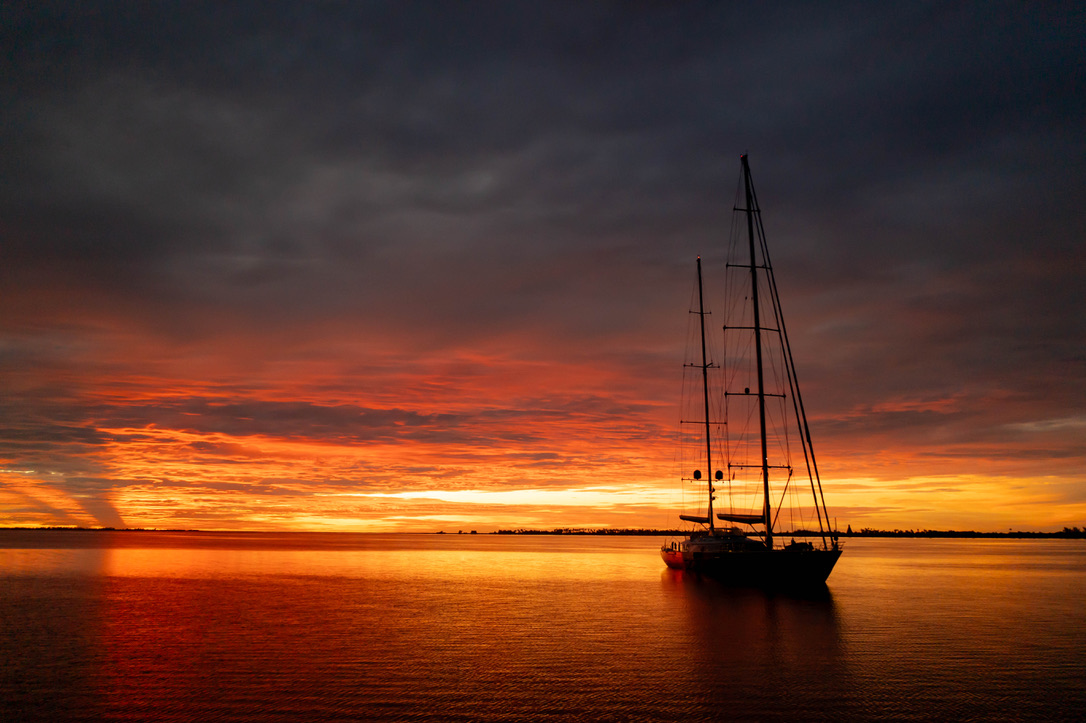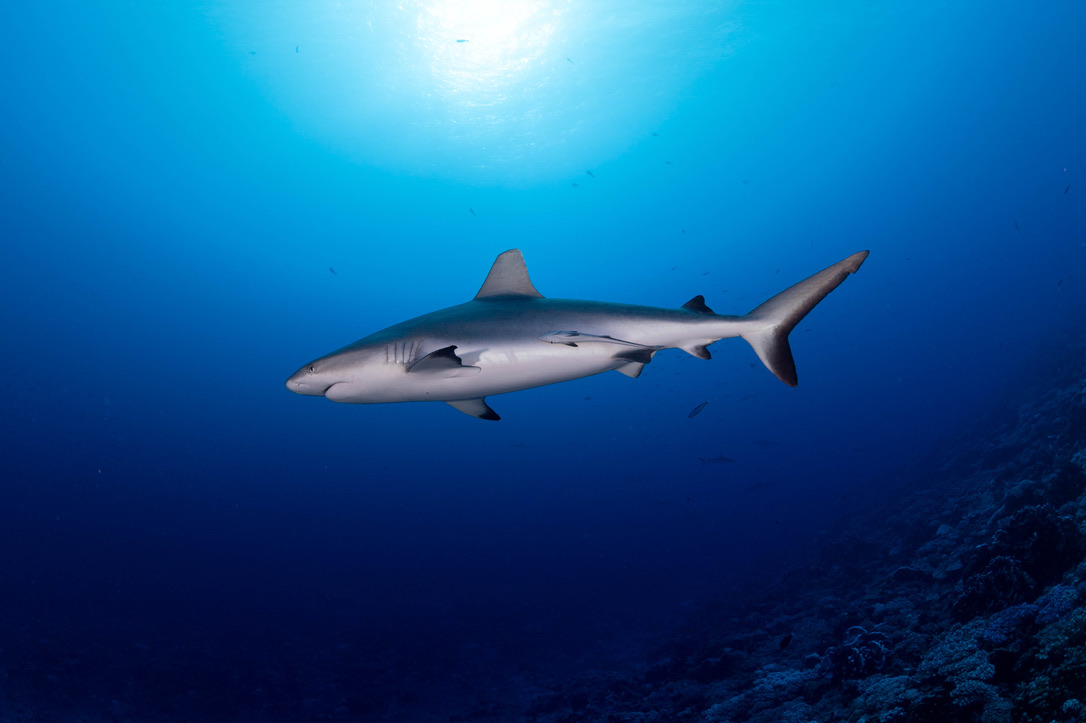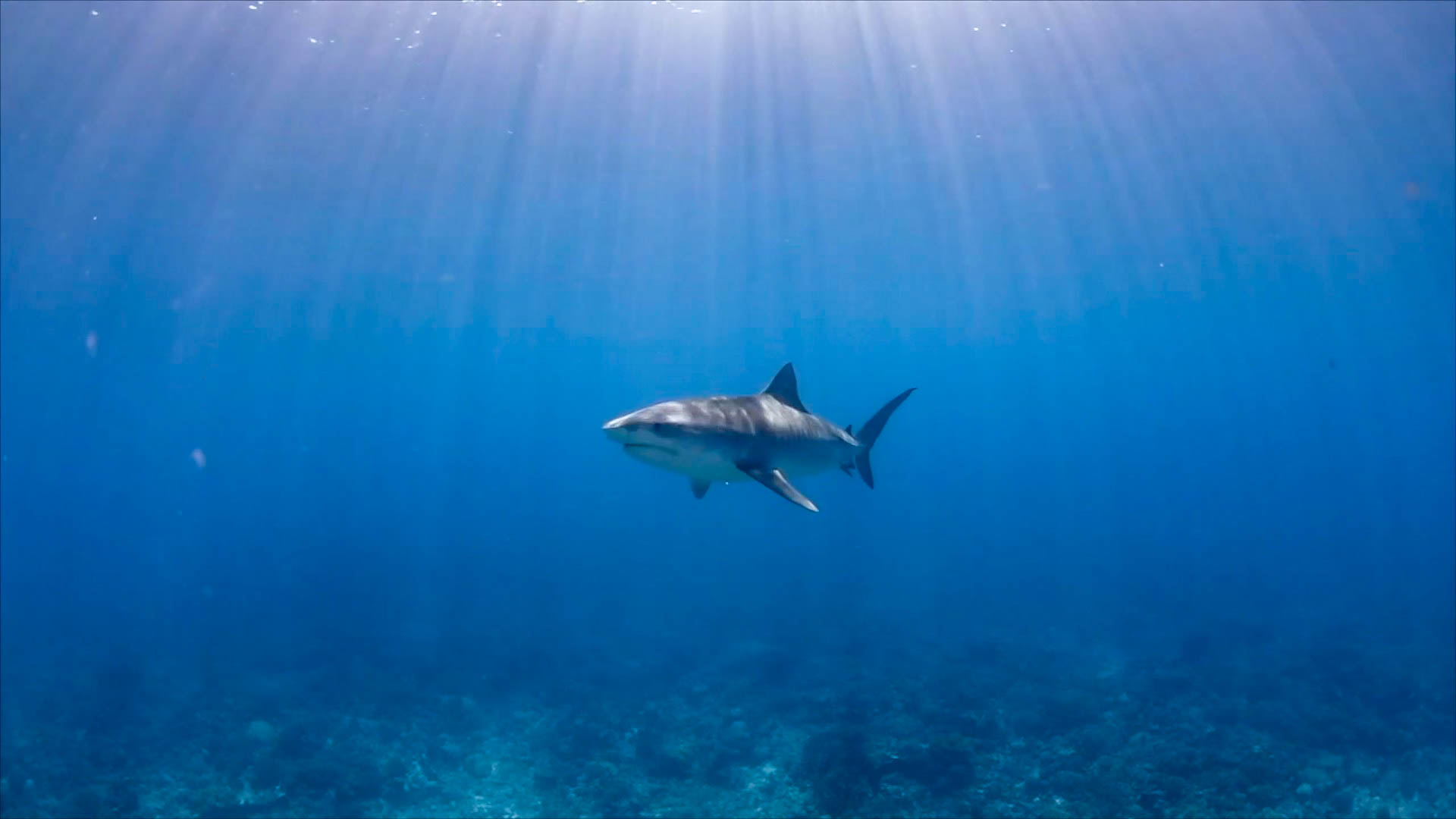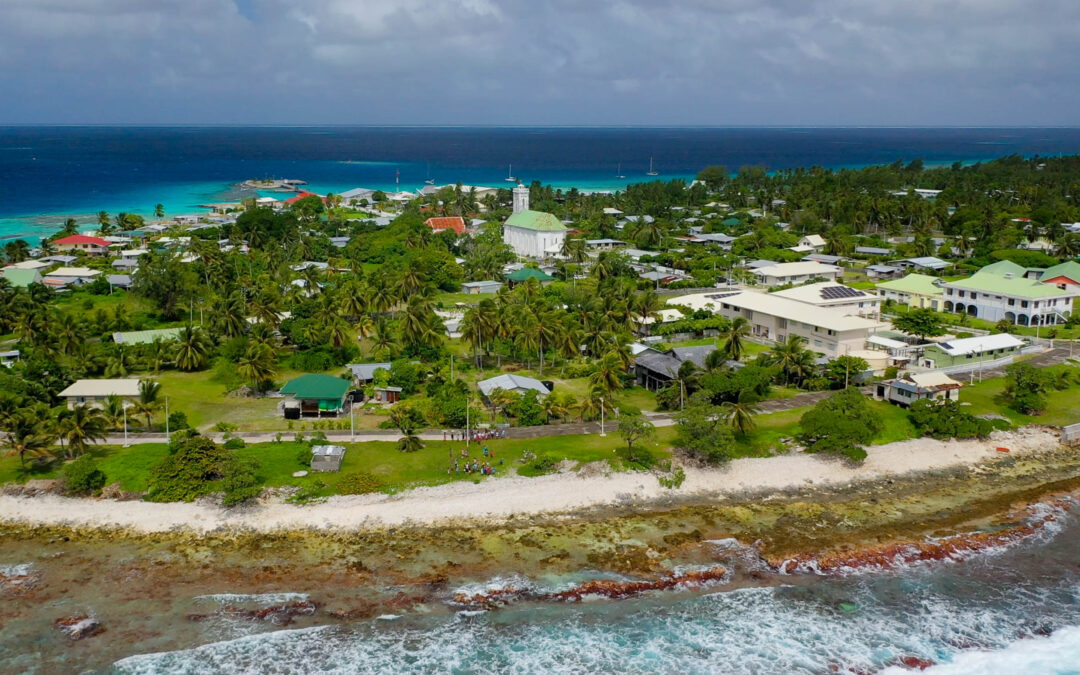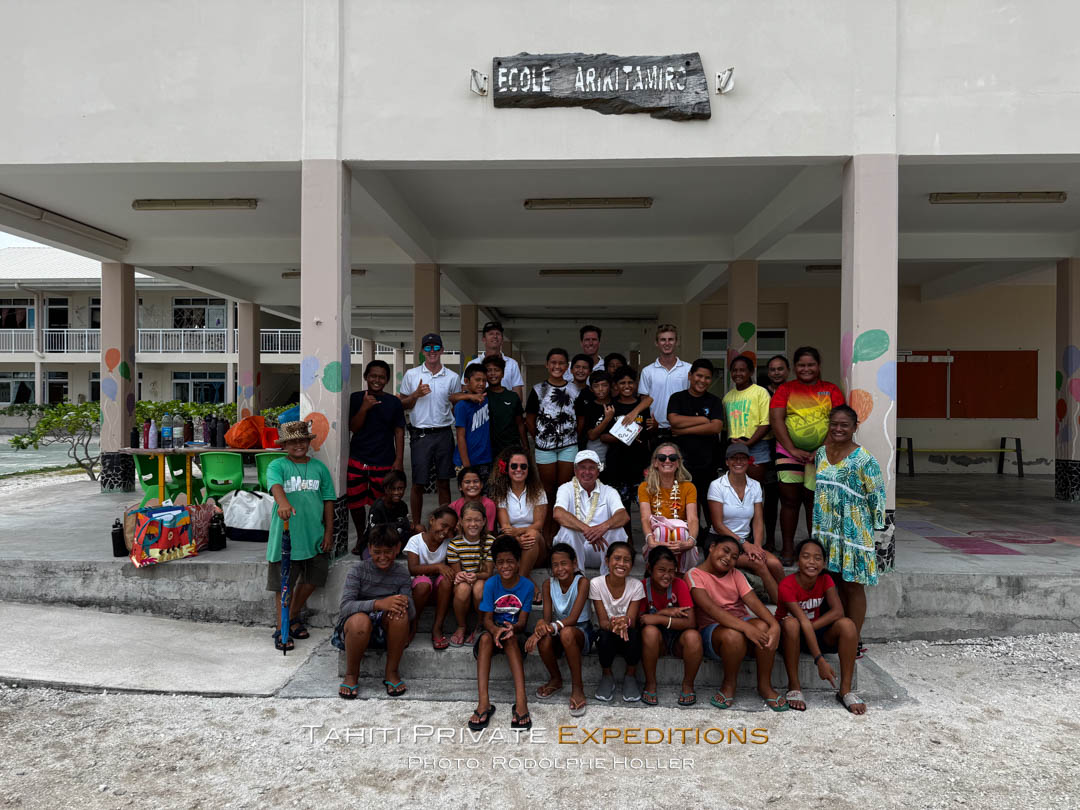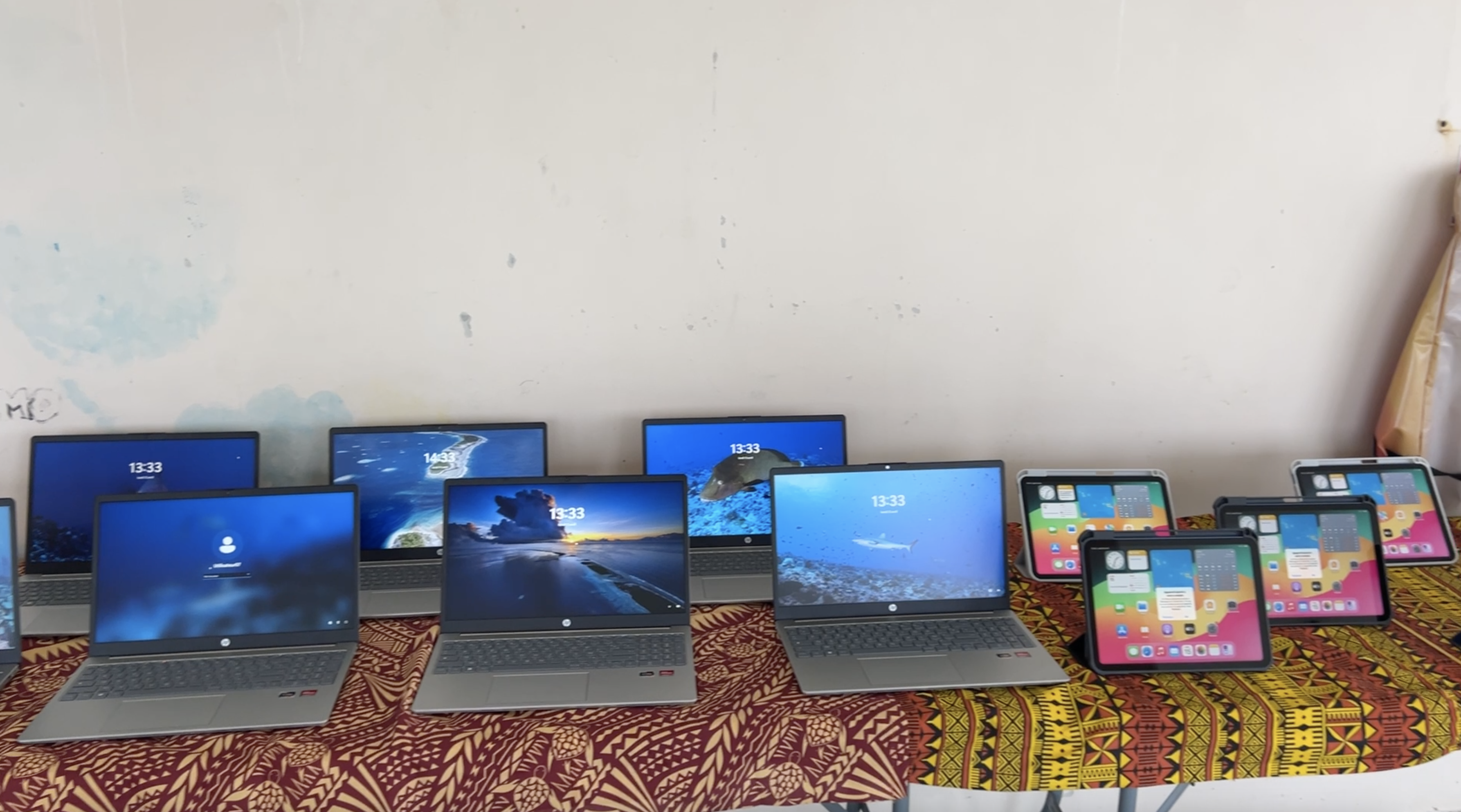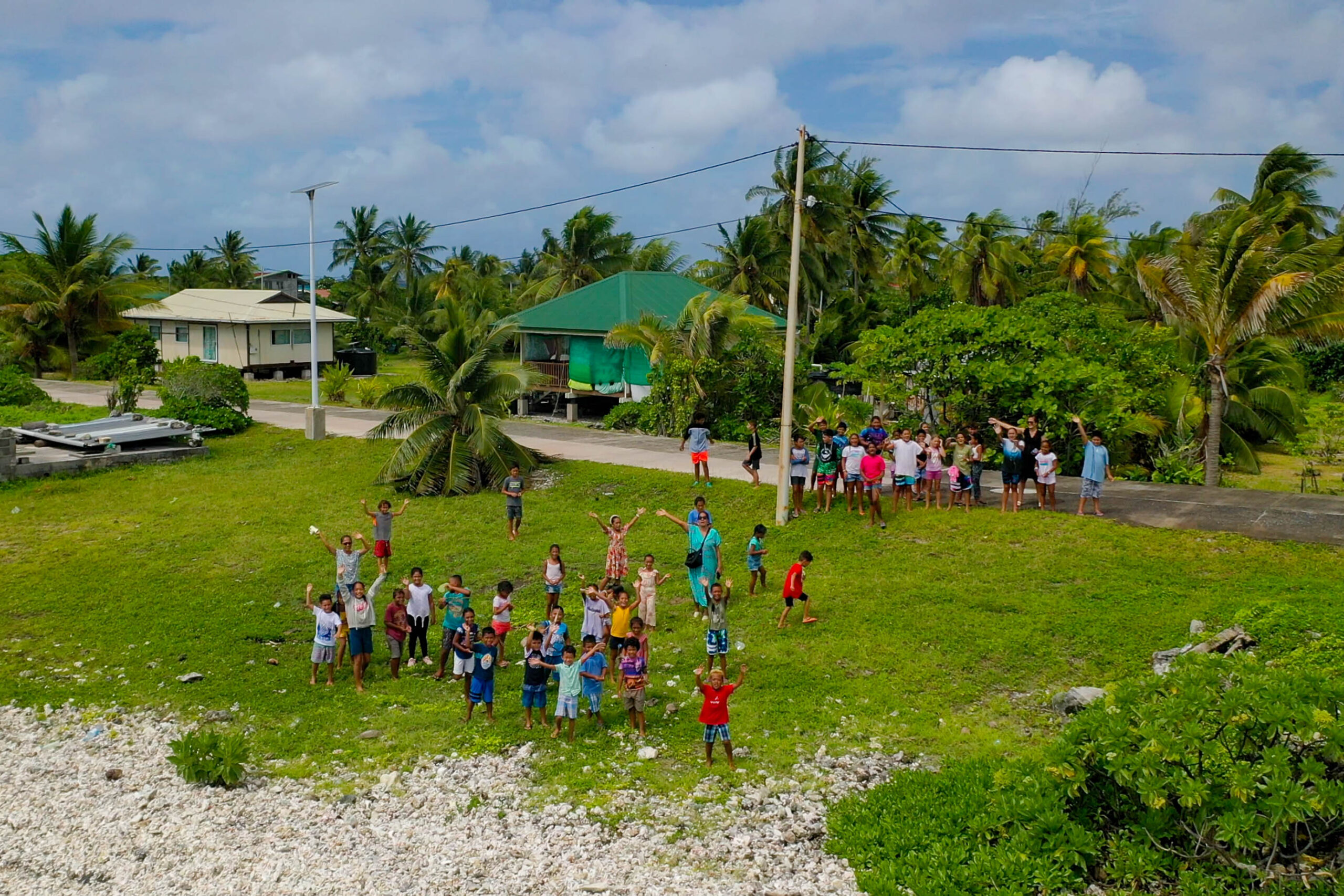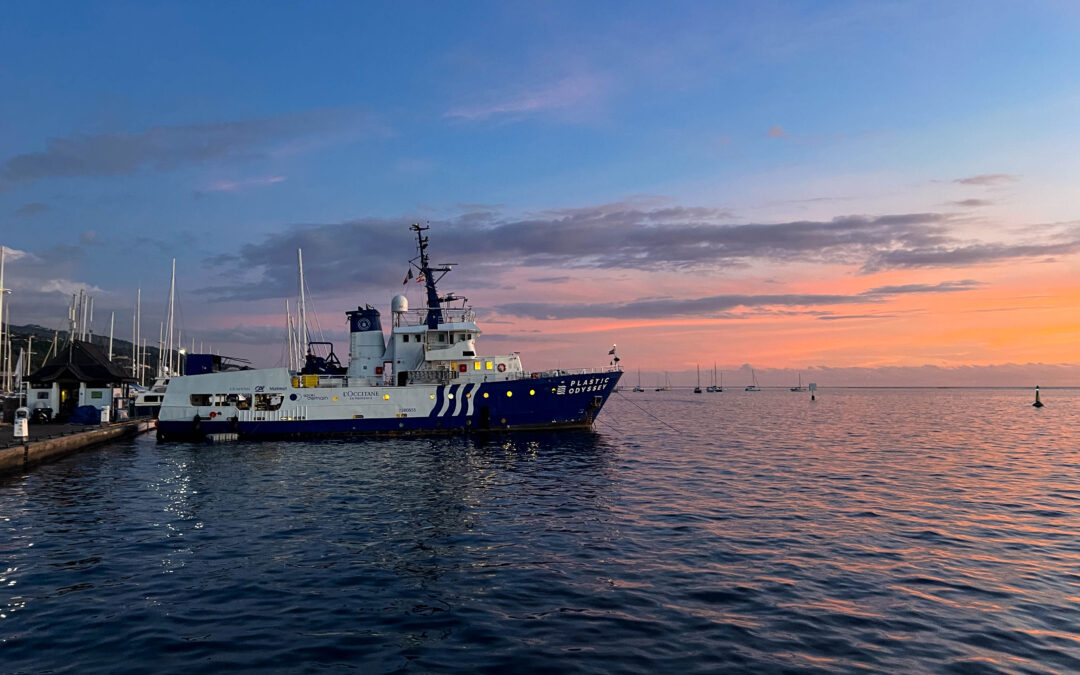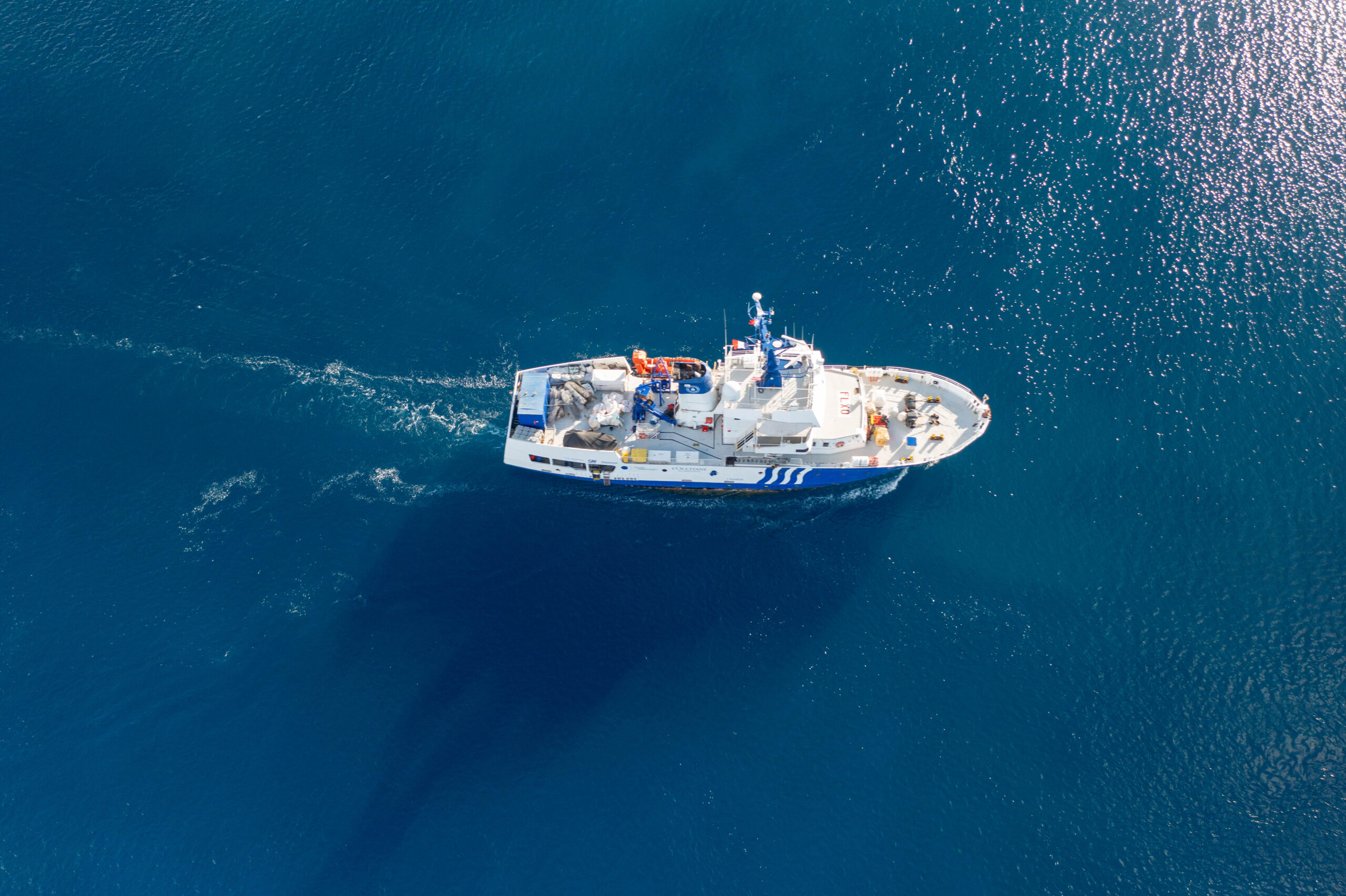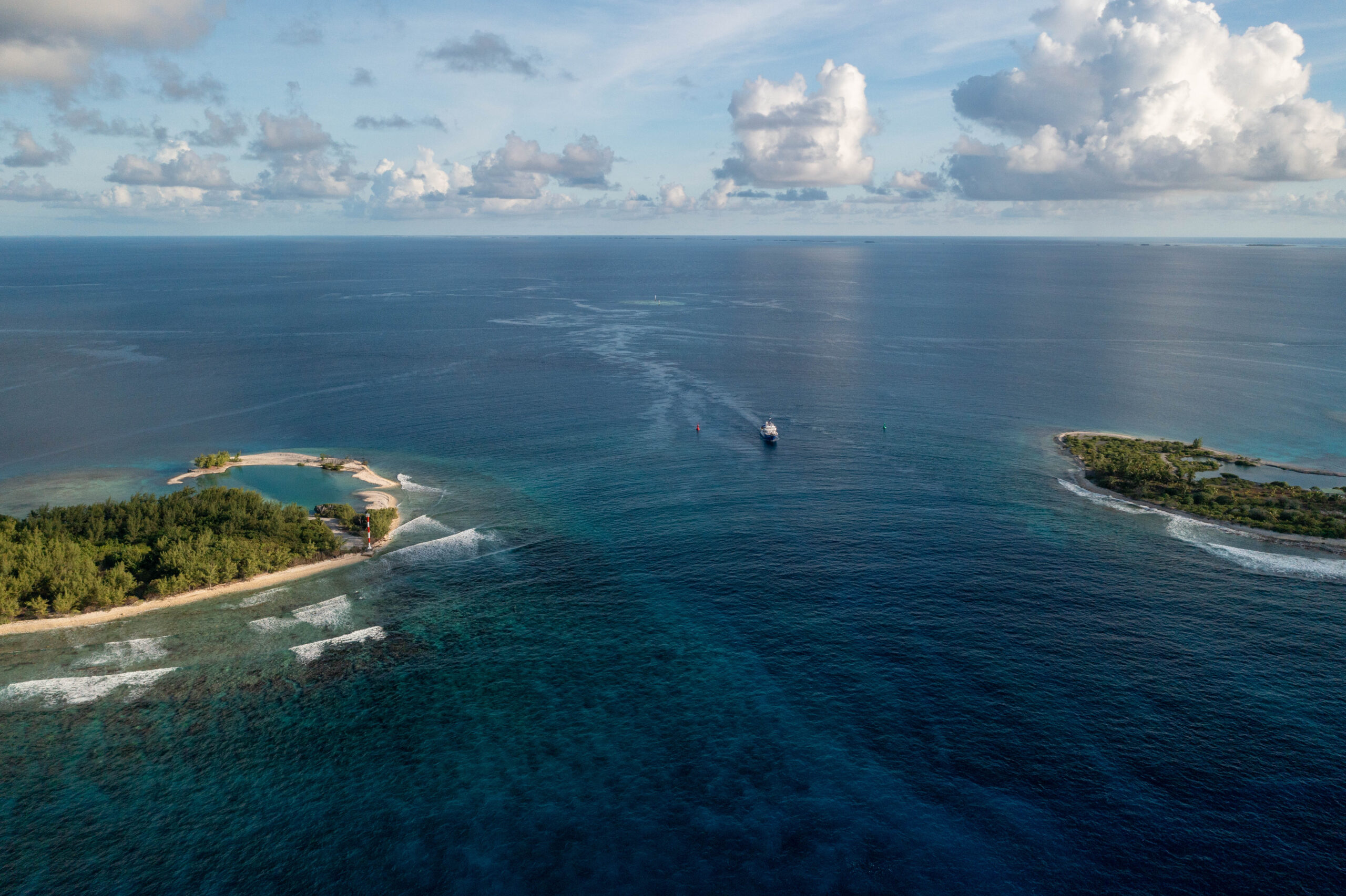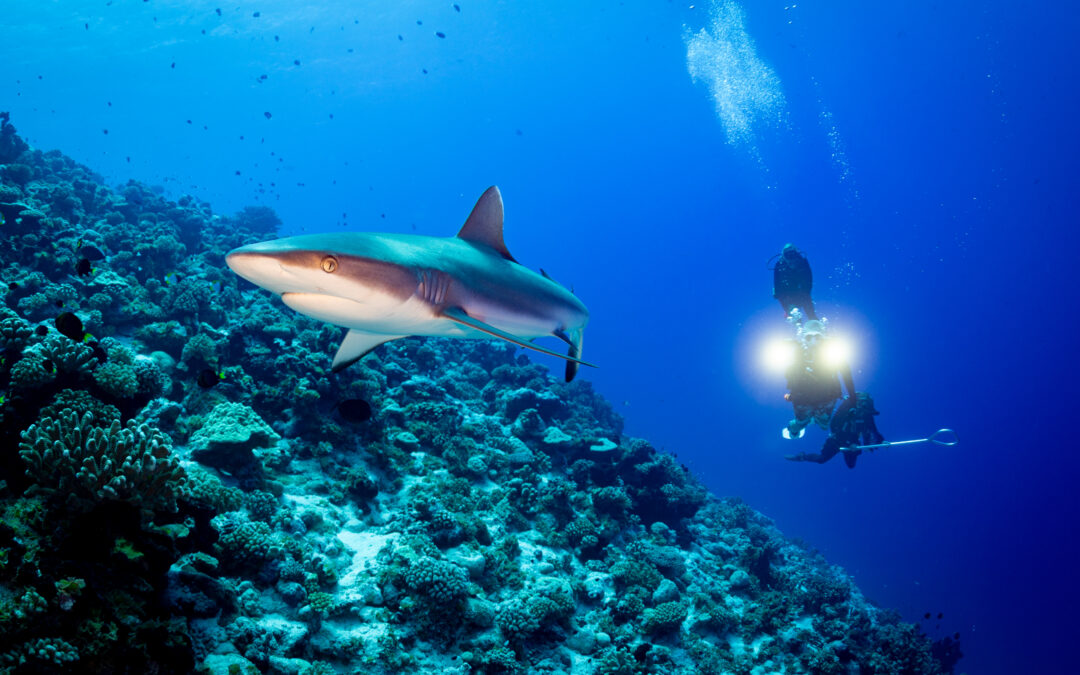
Reflections on Operation Swimway: Tahanea 2025
Please enjoy this video about Seahawk’s Operation Swimway expedition in French Polynesia in April 2025
I have adored sharks from a young age, diving with species worldwide and always feeling they are misunderstood. Sharks have populated our oceans for 450 million years, surviving five mass extinctions and becoming one of nature’s most successful predators. Yet we are losing around 100 million each year, through overfishing, finning, bycatch, and habitat destruction. Their loss destabilises ecosystems, as prey populations boom and food chains unravel, ultimately affecting fish stocks humans choose to harvest.
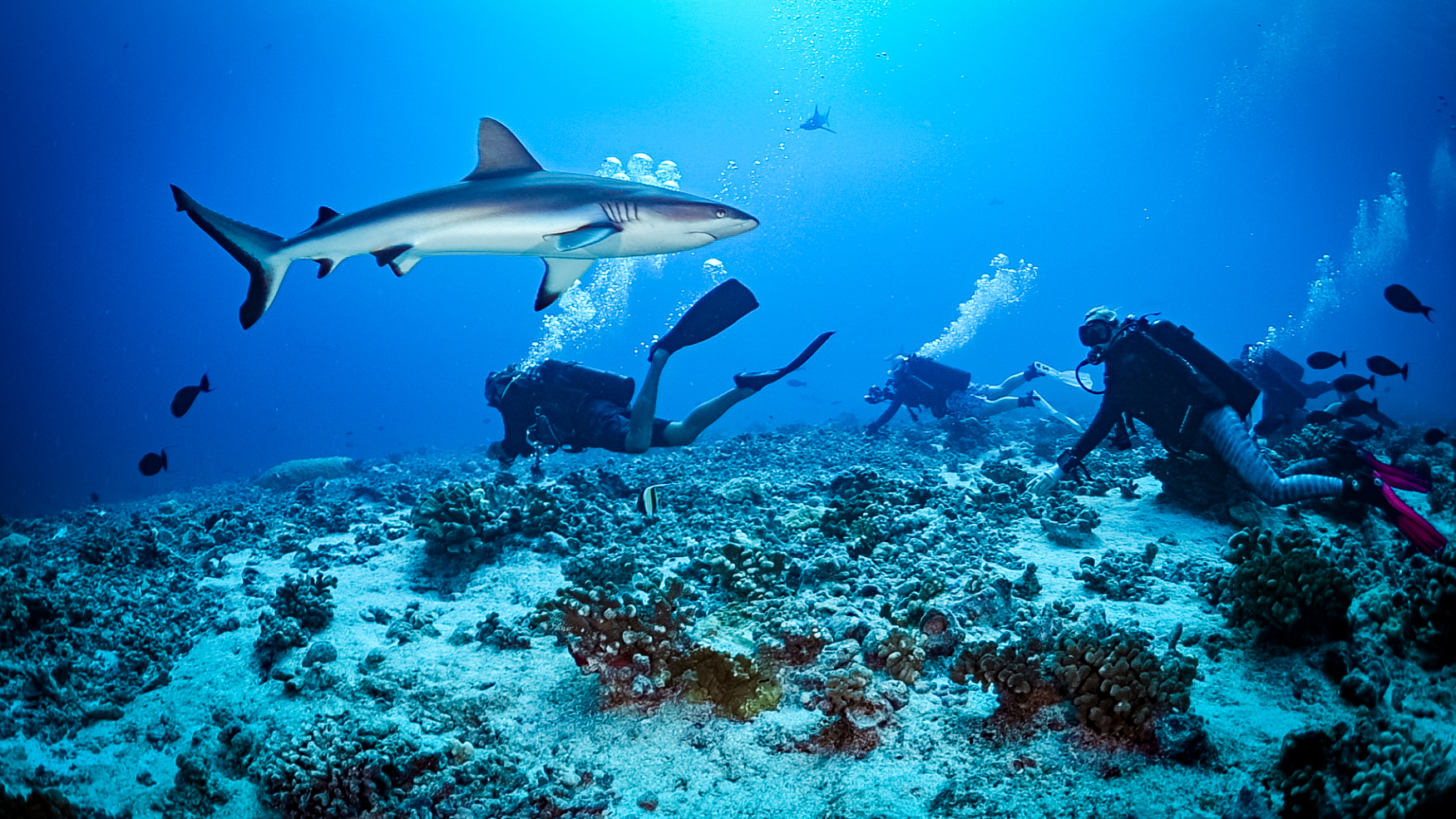
Operation Swimway, managed by YachtAid Global with support from yachts such as Seahawk, works to protect critical migration corridors for sharks, rays, turtles, whales, and billfish. By studying where these animals travel, the aim is to establish more marine protected areas (MPAs). Seahawk has been involved since 2022, focusing largely on French Polynesia.
Research is complex, combining transmitter tags, passive receivers, and baited remote underwater video devices (BRUVs). These methods reduce human interference while capturing valuable behavioural and migration data. For this mission, BRUVs were deployed as deep as 70 metres using closed-circuit rebreathers. Tahanea Atoll was chosen for its three distinct passes, thought to offer unique habitats. Our primary focus was the Tiger Shark, classified as ‘Near Threatened’ on the IUCN Red List.
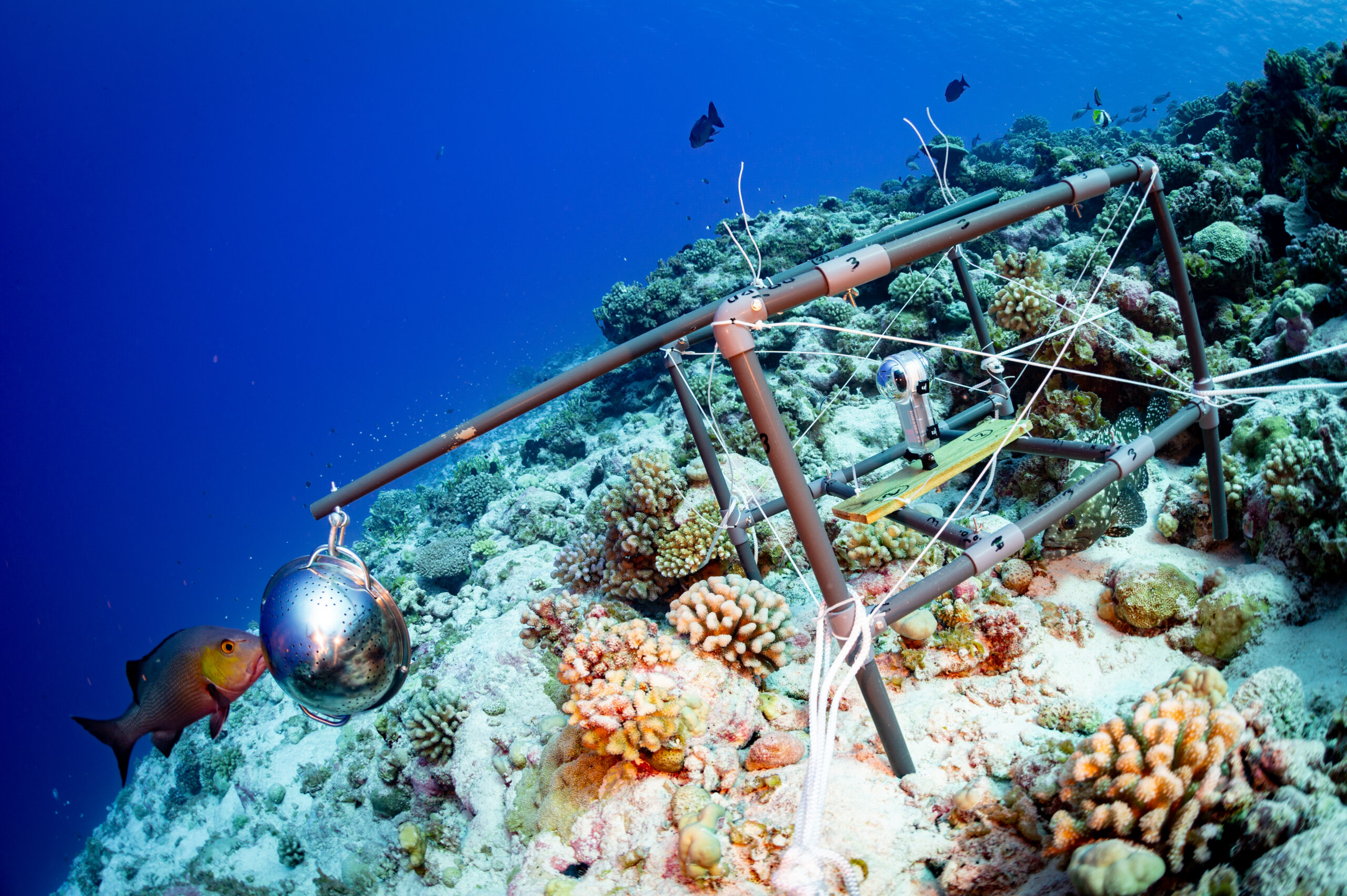
The 2025 expedition carried great anticipation, it was the first chance to see results from three years of work. Seahawk’s crew supported four IREMP scientists led by Dr. Clementine Seguine, diving up to four times daily despite bad weather, illness, technical setbacks, and even sharks destroying equipment.
Early in the week, the Tiger Shark we tagged in 2022 reappeared, recorded 191 times passing through Tahanea. This confirmed the atoll’s importance and lifted morale. Each evening the scientists shared updates, reinforcing the sense of shared purpose across Seahawk.
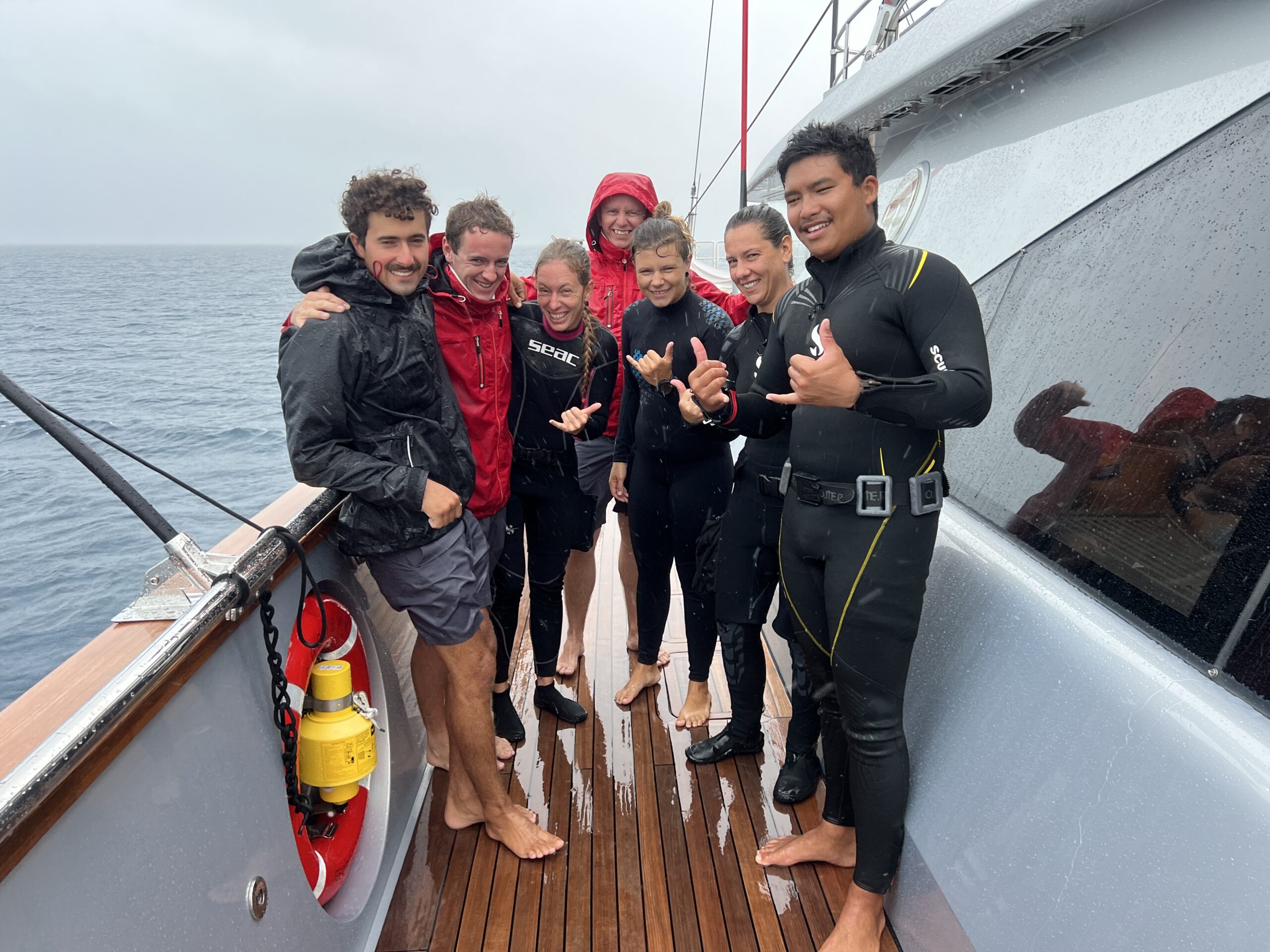
On the final day, after an exhausting push to complete the study, the biggest breakthrough came: BRUVs recorded seven threatened shark species, including two three-month-old male Tiger Shark pups. Whether they were the offspring of our 2022 tagged Tiger Shark, we cannot be sure, but the discovery confirmed Tahanea as a pupping ground, an emotional moment for us all.
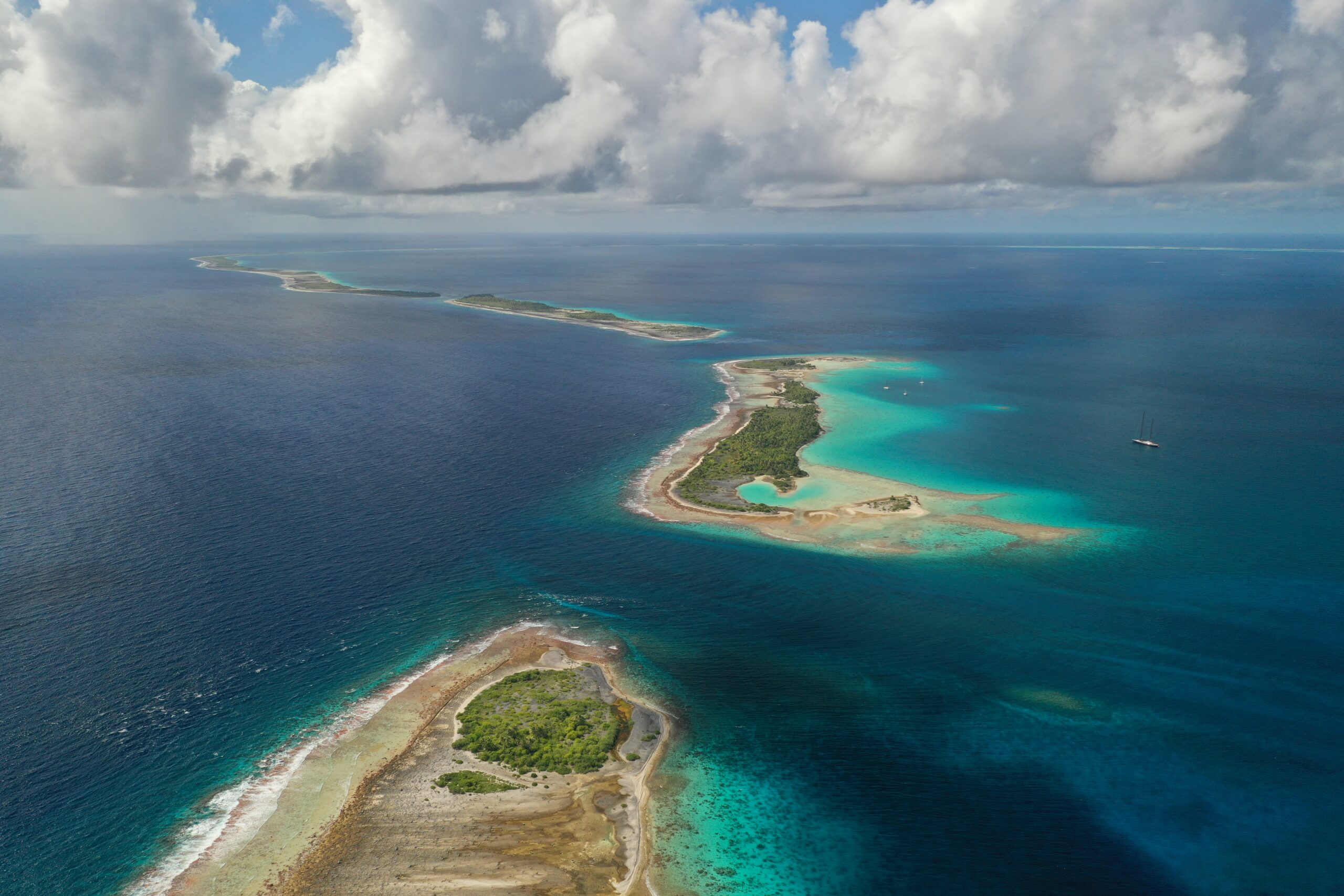
Back on the dock in Tahiti, I reflected on Tahanea’s raw beauty: pristine reefs, manta rays, hammerheads, and endless schools of fish. It feels untouched, alive, and strangely, happy.
In the months ahead, we hope the data will strengthen the case to protect Tahanea and other atolls. As Adam Alpert once said, we are “custodians of the planet”. Never have I felt that more strongly than during this mission.
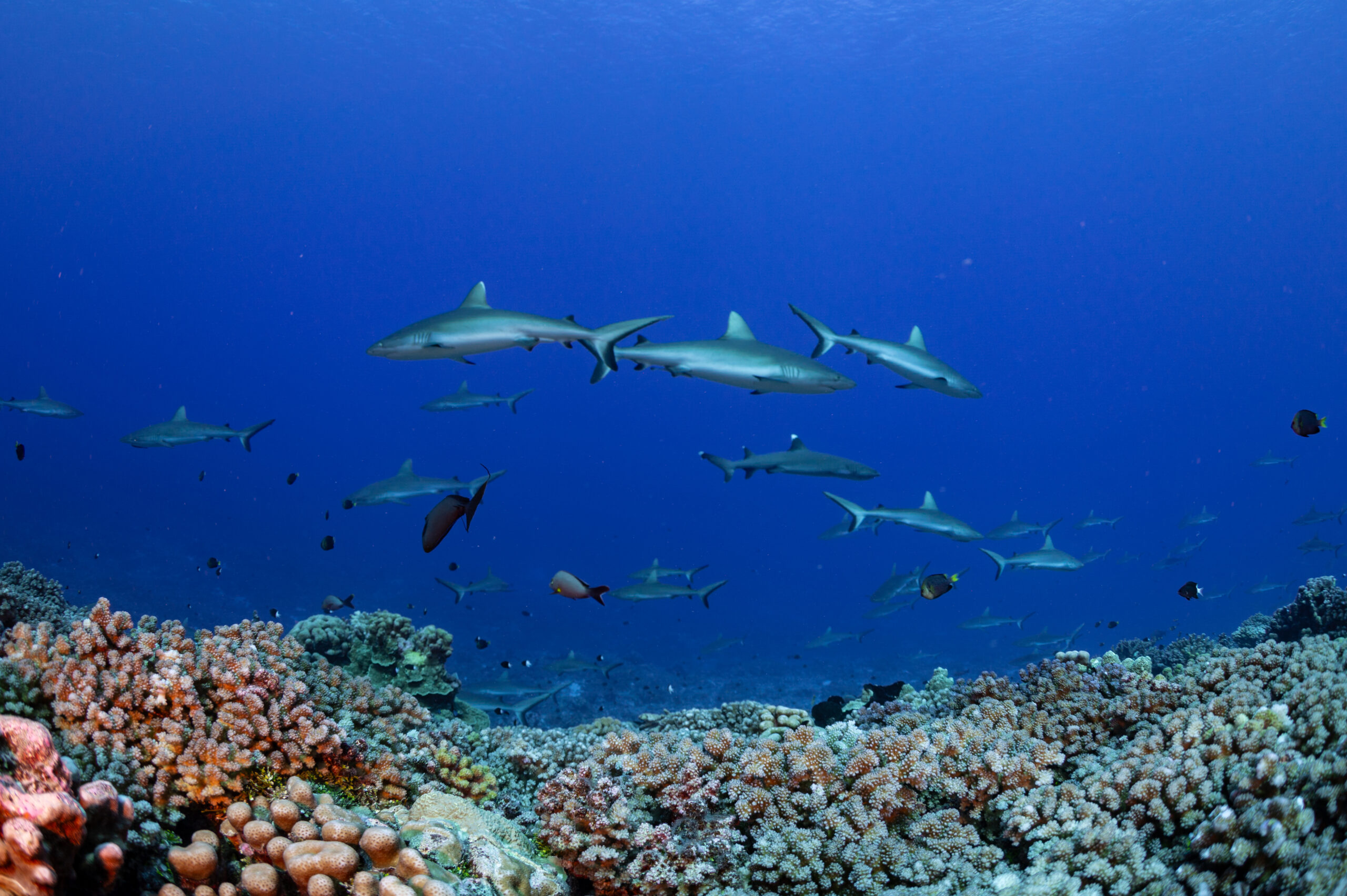
“We all come from the sea, but we are not all of the sea. Those of us who are… must return to it again and again, until the day we don’t come back, leaving behind only that which was touched along the way.” -Chasing Mavericks
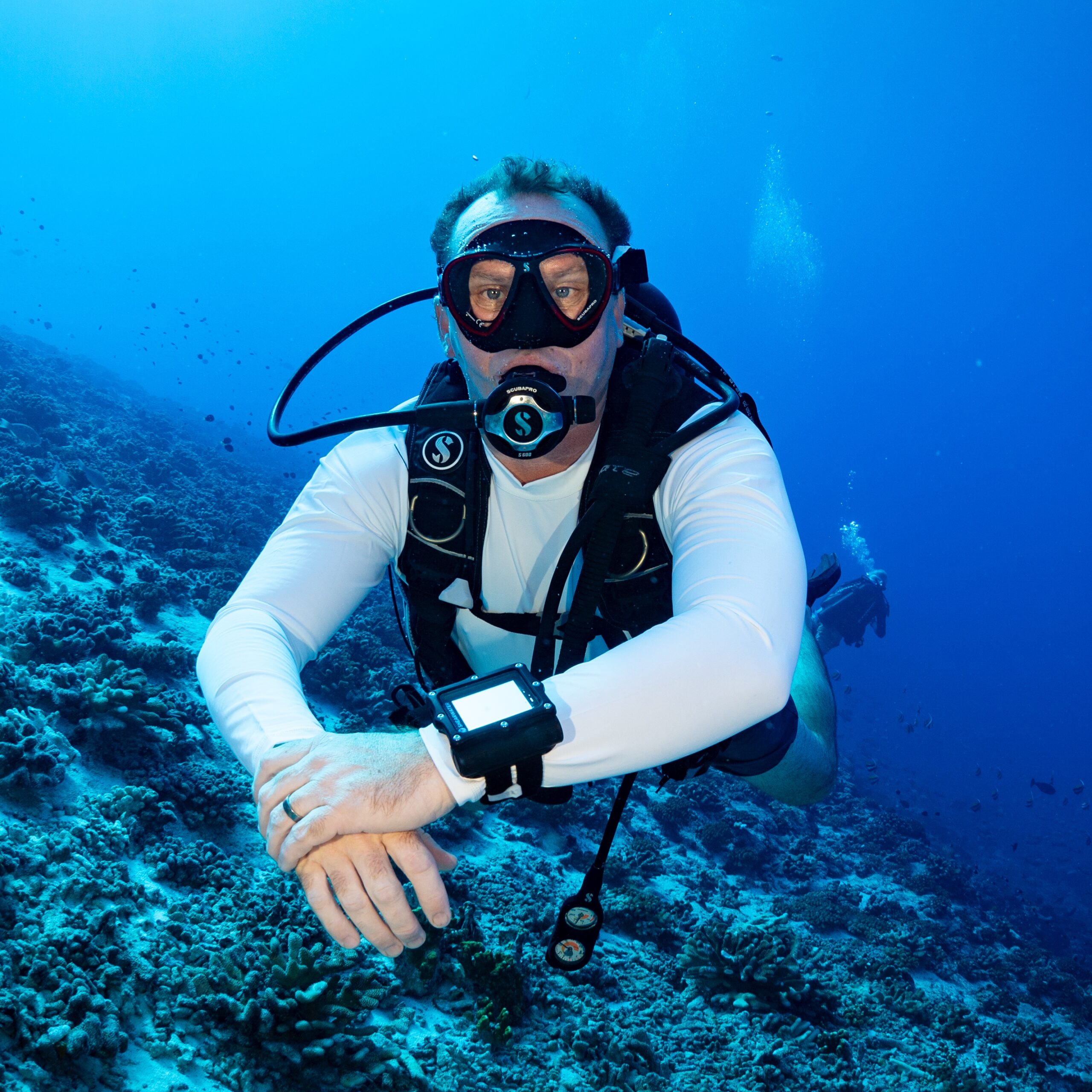
Written by Adam Cowley
Chief Officer
For more information, visit:

